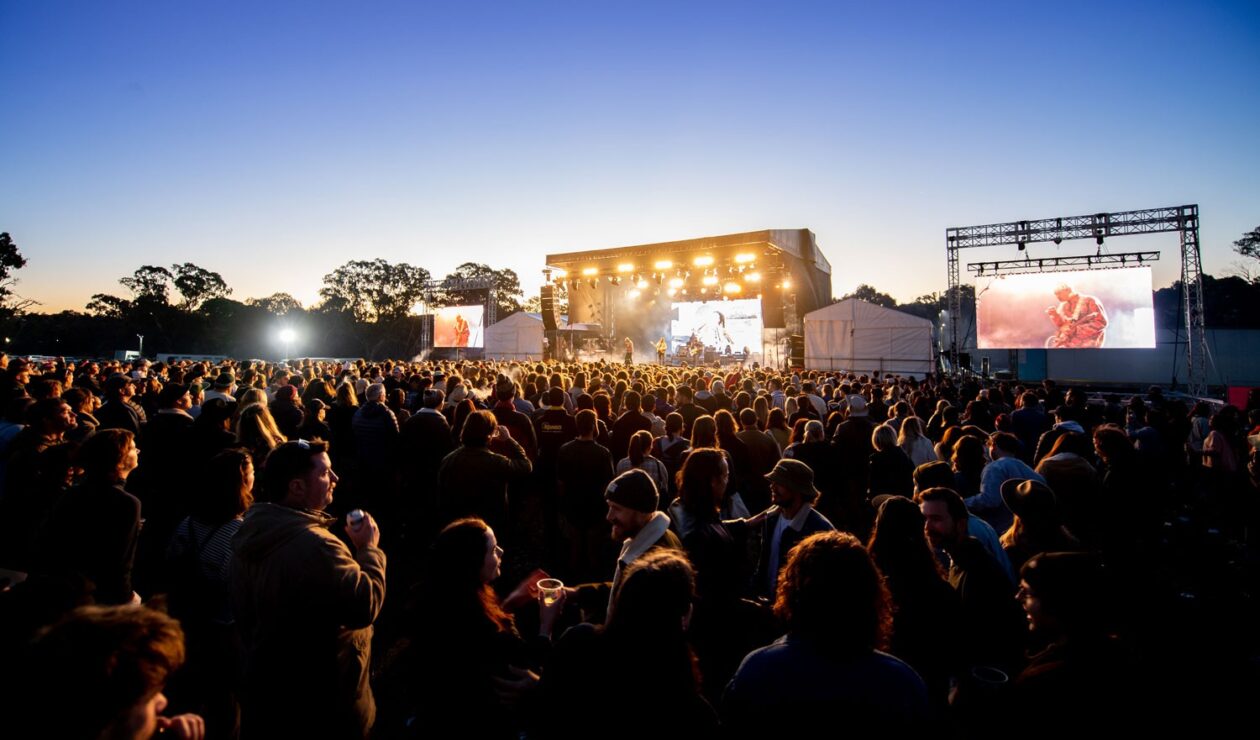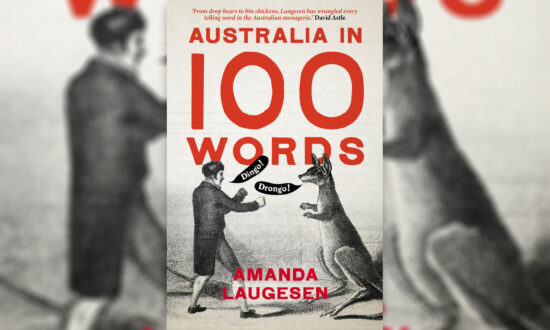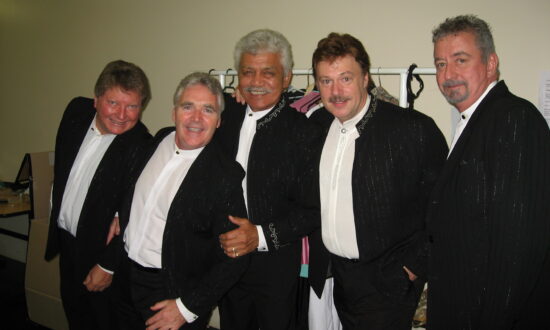By Sam Whiting and Ben Green
Regional touring festival Groovin’ The Moo has announced its cancellation only eight days after placing tickets on sale, citing low demand.
A mainstay of the summer festival calendar, this follows a series of similar cancellations, including the 2023 edition of Falls Festival, ValleyWays, Coastal Jam and Vintage Vibes, and the “pausing” of Hobart’s iconic Dark Mofo for 2024.
So why are we seeing so many Australian music festivals cancelled? And what will the future of festivals look like?
Growing challenges for festivals
The well-documented cost-of-living crisis is an obvious culprit when it comes to low demand for festivals, as consumers cut down on expenses. However, other factors are at play here. They include:
1. Higher overheads
Rapidly increasing overheads, such as rocketing public liability insurance costs for both venues and festivals alike, affect the viability of such events.
This problem began with the COVID pandemic, but extreme weather events exacerbated by climate change have compounded these issues as well as affecting the viability of outdoor summer music festivals. In 2022 alone, more than 20 Australian festivals were cancelled because of extreme weather.
2. Slower sales
Prior to the pandemic, concerns regarding the oversaturation of the Australian festival market were already starting to bite. Pre-COVID festival cancellations included the end of the Big Day Out after 20 years in 2014. The annual event began to falter in the preceding years due to issues that have compounded in the decade since.
As the pandemic eased and festival producers rushed back onsite, they have been faced with a fundamental shift in Australian cultural consumption habits, particularly among young people.
People are waiting longer to buy tickets. 2023 was the first time in more than a decade that Splendour in the Grass, Australia’s biggest single-ticket festival, didn’t sell out within hours. The trend towards delayed “commitment to purchase” is cause for concern among promoters, who rely on opening-day sales for momentum and capital.
This change can be understood as a response to the rolling cancellations of the pandemic, in combination with rising ticket prices, domestic financial pressures and busy schedules. It is increasingly normal to look for second-hand tickets at reduced prices as an event approaches.
3. Youth avoidance
Industry observers are concerned about a drop in youth attendance. Young people who came of age during COVID missed their key festival-going years and may now have moved on to other cultural experiences – followed by younger siblings. This emphasises the long cultural tail of an event like the pandemic.
The cost-of-living crisis especially affects young people, the core audience for festivals like Groovin’ the Moo. The majority of under-35s say financial pressure is limiting their attendance at arts events.
4. The consolidation of taste
While “variety” festivals such as Groovin’ the Moo and Falls Festival – which feature diverse, multi-genre line-ups – are struggling, genre-specific festivals and major artist tours continue to perform well.
These include metal and hard rock festivals such as Good Things Festival and Knotfest, and major recent tours by Queens of the Stone Age, Pink, Blink-182 and, of course, Taylor Swift. The media industry and the music industry specifically are experiencing the effects of an increasing siloing and consolidation of taste within specific niches, exacerbated by the digitisation of media via highly curated streaming platforms.
Perhaps “variety” music festivals are heading the same way as the Big Day Out. The struggles of festivals historically backed by Triple J (such as Groovin’ the Moo and Falls) may reveal the national youth broadcaster’s loosening grip on relevance and its inability to appeal to a broad audience in an increasingly hyper-curated media environment.
Is this anything new?
The factors influencing the success of a given festival are complex, as illustrated by the case of Groovin’ the Moo. The Newcastle date sold out in less than an hour, with reports of strong early sales for the Sunshine Coast edition, yet the overall tour was deemed unable to proceed.
Uncertainty is inherent in the music business, where an oversupply of product meets a market driven by the vagaries of taste.
Festival programmers must “forecast” what will draw a crowd, booking performers up to a year in advance. However, mega-crises, such as the pandemic, climate change and financial shocks, create deeper uncertainties that fundamentally challenge business as usual.
Uncertainty poses a profound threat to live music in particular, which depends on advance planning and investment, with its returns and benefits hinging on the controlled realisation of future events.
Too much uncertainty also stifles innovation and diversity, as the large multinationals that dominate the music industry are better able to withstand its effects.

Get InReview in your inbox – free each Saturday. Local arts and culture – covered.
Thanks for signing up to the InReview newsletter.
Music festivals are a leading site of Australia’s engagement with the arts, with significant social and economic benefits. They have also become a focal point for a range of societal challenges, from economic to environmental crises. Sustaining a vibrant, diverse and accessible festival sector will require these challenges to be confronted.
The age of deep uncertainty isn’t going away. For Australia’s diverse festival landscape to survive we need to find new ways – such as financial buffers, government-backed insurance schemes, big ticket levies, tariffs on major international tours, and climate action and mitigation – to ride and survive this uncertainty.![]()
Sam Whiting is a lecturer in Creative Industries at the University of South Australia and Ben Green is a research fellow at the Centre for Social and Cultural Research, Griffith University. This article is republished from The Conversation under a Creative Commons licence. Read the original article.
![]()
Support local arts journalism
Your support will help us continue the important work of InReview in publishing free professional journalism that celebrates, interrogates and amplifies arts and culture in South Australia.
Donate Here




